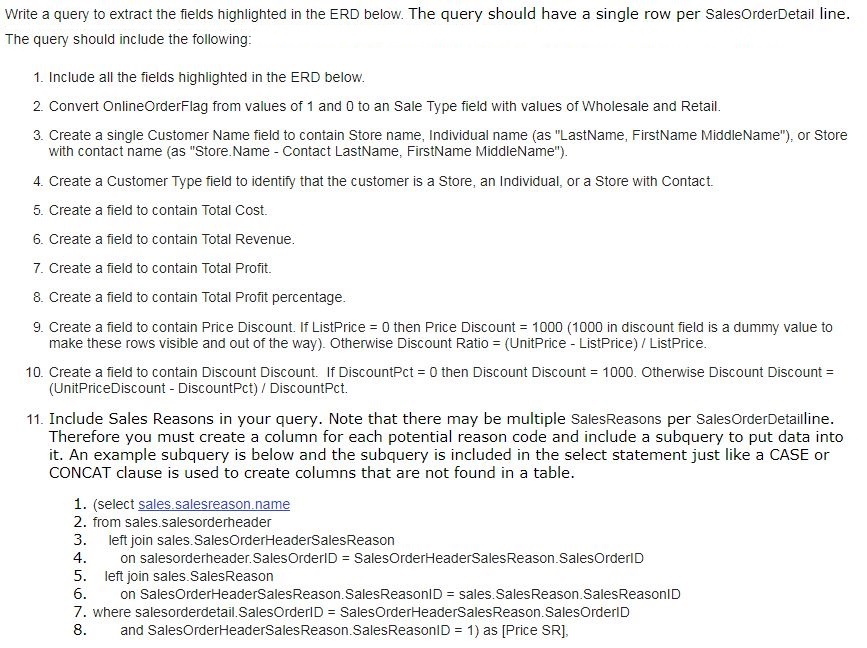

Let’s give our cursor another chance and uncomment the line –LOCAL STATIC. If we had to loop through tables with millions of rows it would last a considerable amount of time and the results would not please us. Our demo tables are relative small containing roughly 1,000 and 500 rows. These operations are repeated until there are no more rows to work with.įinally, CLOSE syntax releases the current result set and removes the locks from the rows used by the cursor, and DEALLOCATE removes cursor reference. Then the second SELECT uses the variable value to get data from. In our example, the cursor sets its position to the first row returned by the first SELECT and fetches the ProductID value that matches WHERE condition in variable. Step two, the retrieval, when it gets the data from that specific row in an operation called the FETCH. Step one, the positioning, when the cursor sets its position to a row from the result set.

In the cursor execution, we have two steps. It’s important to mention the chosen syntaxes above are only for demo purposes, and I made no index tuning to speed things up. Let’s start by using a CURSOR, and write the following syntax:Īfter a short coffee break, the query finished executing, returning 833 rows in the time shown below. table, for every product that requires less than a day to manufacture, that is from table. Below, we will show some examples where using a CURSOR creates performance issues and we will see that the same job can be done in many other ways.įor the purpose of this demonstration we will use AdventureWorks2012 database, and let’s say we want to get some data from. There are some cases, when using CURSOR doesn’t make that much of a mess, but generally they should be avoided. But be advised, take this path and trouble may follow. In T-SQL, a CURSOR is a similar approach, and might be preferred because it follows the same logic. If you possess programming skills, you would probably use a loop like FOR or WHILE to iterate through one item at a time, do something with the data and the job is done.

In T-SQL, one way of doing this is using a CURSOR. Sometimes the application logic needs to work with a row at a time rather than the entire result set at once. For example, a SELECT statement returns a set of rows which is called a result set. In relational databases, operations are made on a set of rows.


 0 kommentar(er)
0 kommentar(er)
